69 results in Exploration of Digital Health Technologies
Latest
Sort by :
- Latest
- Most Viewed
- Most Downloaded
- Most Cited
Open Access
Original Article
A pilot study on the feasibility and acceptability of a mobile e-health application about obsessive-compulsive disorder (OCD)
Lucía Bellver-Peñalver ... Gemma García-Soriano
Published: October 29, 2025 Explor Digit Health Technol. 2025;3:101169
This article belongs to the special issue Digital Health Innovations in the Battle Against Psychological Problems: Progress, Hurdles, and Prospects
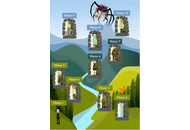
Open Access
Original Article
Quantifying and mapping population response to the COVID-19 pandemic in different countries for the period 2020–2022
Aleksander K Cherkashin, Natalia E Krasnoshtanova
Published: October 29, 2025 Explor Digit Health Technol. 2025;3:101168
This article belongs to the special issue Data-informed Decision Making in Healthcare
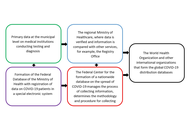
Open Access
Mini Review
The role of artificial intelligence (AI) in foodborne disease prevention and management—a mini literature review
Sabine Maritschnik ... Ziad El-Khatib
Published: October 21, 2025 Explor Digit Health Technol. 2025;3:101167
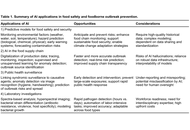
Open Access
Original Article
Global innovative perspectives and trends on digital health and patient safety: highlights from the #DHPSP2024 networking event
Olena Litvinova ... Atanas G. Atanasov
Published: October 16, 2025 Explor Digit Health Technol. 2025;3:101166
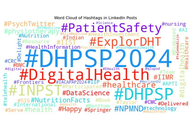
Open Access
Protocol
Evaluating a tinnitus device for reducing tinnitus symptoms and mental health difficulties in veterans: waitlist-controlled trial protocol
Phoebe Howlett, Dominic Murphy
Published: October 14, 2025 Explor Digit Health Technol. 2025;3:101165
This article belongs to the special issue Digital Health Innovations in the Battle Against Psychological Problems: Progress, Hurdles, and Prospects
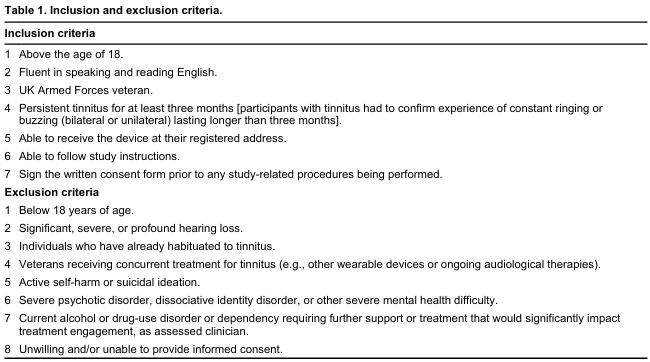
Open Access
Original Article
From scrolling to spiraling: exploring the mediation role of self-esteem between social media rumination and internalizing symptoms
Shiyuan Chen ... Michelle Demaray
Published: October 14, 2025 Explor Digit Health Technol. 2025;3:101164
This article belongs to the special issue Digital Health Innovations in the Battle Against Psychological Problems: Progress, Hurdles, and Prospects
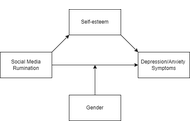
Open Access
Original Article
Effect of a smartphone-based educational toolkit on behavioural outcomes in personal care product use: a randomized controlled trial
Graziella De Michino, Caroline Barakat
Published: September 27, 2025 Explor Digit Health Technol. 2025;3:101163
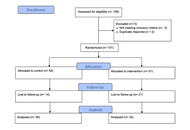
Open Access
Perspective
The precision revolution: artificial intelligence, robotic surgery, and the future of medicine
Anna Trinidad Borràs, Diego Benavent
Published: September 18, 2025 Explor Digit Health Technol. 2025;3:101162
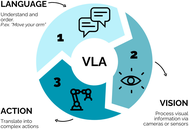
Open Access
Protocol
Digital mental health interventions in Indigenous and traditional communities of the Global South: a scoping review protocol
Saidy Eliana Arias-Murcia ... Christiane Stock
Published: September 15, 2025 Explor Digit Health Technol. 2025;3:101161
This article belongs to the special issue Digital Health Innovations in the Battle Against Psychological Problems: Progress, Hurdles, and Prospects
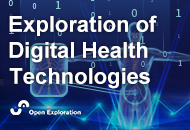
Open Access
Review
Integrating digital health technologies and place attachment: theoretical foundations and practical implications
Chengcheng Yin ... Bruno Marques
Published: September 04, 2025 Explor Digit Health Technol. 2025;3:101160
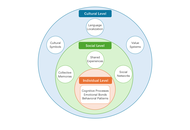
Open Access
Original Article
Multidimensional frailty as a predictor of older adults’ internet use: moving beyond the use/non-use dichotomy
Jorrit Campens ... on behalf of the Digital Ageing Consortium
Published: August 22, 2025 Explor Digit Health Technol. 2025;3:101159
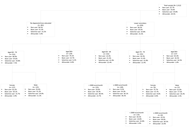
Open Access
Original Article
DeepPolyp: an artificial intelligence framework for polyp detection and segmentation
Marco Mameli ... Iulian Gabriel Coltea
Published: August 11, 2025 Explor Digit Health Technol. 2025;3:101158
This article belongs to the special issue Deep Learning Methods and Applications for Biomedical Imaging
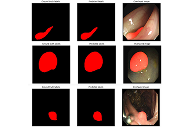
Open Access
Original Article
Artificial intelligence as a potential tool for oxidative stress estimation in medicine
Yan Kazakov ... Khiena Brainina
Published: July 15, 2025 Explor Digit Health Technol. 2025;3:101157
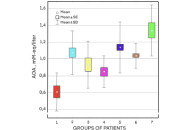
Open Access
Original Article
Evaluation of a digital fully-contactless optical device to quantify and record breathing pattern components at rest and after exercise
Panagiotis Sakkatos
Published: July 07, 2025 Explor Digit Health Technol. 2025;3:101156
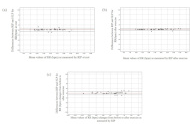
Open Access
Original Article
Influence of virtual reality restorative environments on psychological well-being in university students: an evidence-based experimental study
Chengcheng Yin ... Zirui Zhao
Published: June 26, 2025 Explor Digit Health Technol. 2025;3:101155
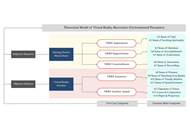
Open Access
Original Article
Analyzing tweets before and after Meta’s graphic self-harm imagery ban: a content analysis
Elnaz Moghimi ... Hayden P. Smith
Published: June 19, 2025 Explor Digit Health Technol. 2025;3:101154
This article belongs to the special issue Digital Health Innovations in the Battle Against Psychological Problems: Progress, Hurdles, and Prospects
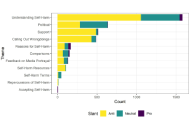
Open Access
Review
The impact of artificial intelligence on a multi-omics approach toward predictive biomarkers for non-small cell lung cancer
Brandon Wilkins ... James Bradley
Published: June 11, 2025 Explor Digit Health Technol. 2025;3:101153
This article belongs to the special issue Cancer Diagnosis in the Digital Age
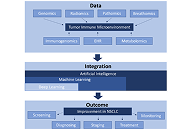
Open Access
Original Article
An evaluation of patient satisfaction with telemedicine at the Rheumatology Outpatient Clinic of the San Fernando Teaching Hospital
Esther Ramlakhan ... Gavaskar Ramnanansingh
Published: June 09, 2025 Explor Digit Health Technol. 2025;3:101152
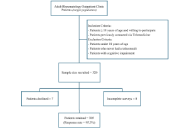
Open Access
Review
Virtual reality and mixed reality in the assessment of spatial memory
Sara Garcia-Navarra ... Marta Mendez
Published: June 05, 2025 Explor Digit Health Technol. 2025;3:101151
This article belongs to the special issue Digital Health Innovations in the Battle Against Psychological Problems: Progress, Hurdles, and Prospects
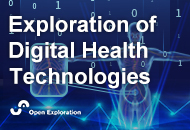
Open Access
Perspective
Serious games: a game changer in cancer education
Afeez A Salami ... Kehinde K Kanmodi
Published: June 03, 2025 Explor Digit Health Technol. 2025;3:101150
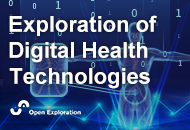
Journal Information
